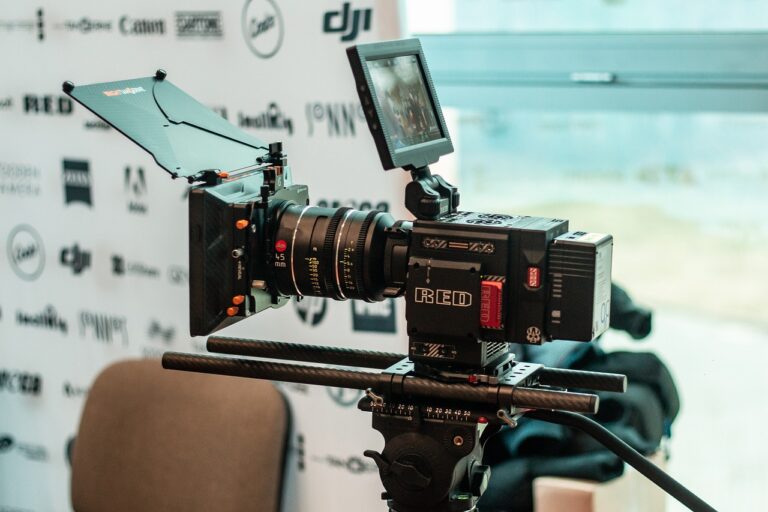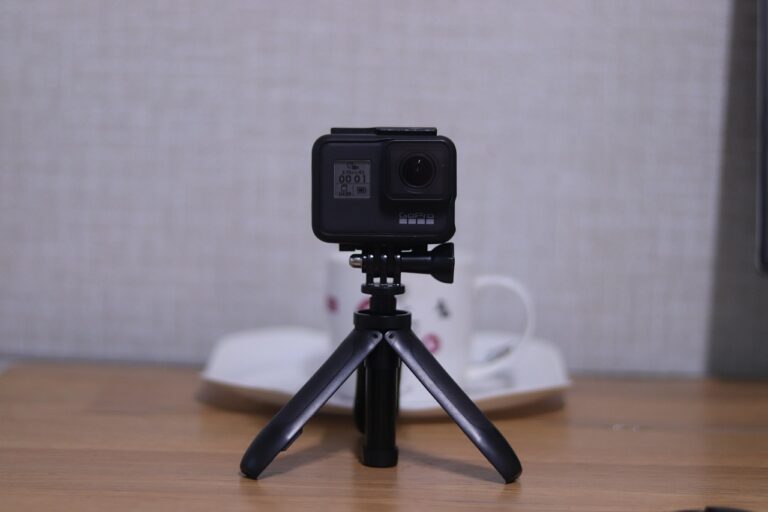The Use of Silence in Sound Editing: Building Tension: 11xplay online id, India 24 bet login, Sky fair vip
11xplay online id, india 24 bet login, sky fair vip: Silence in sound editing is a powerful tool that can help build tension and suspense in films, television shows, podcasts, and other forms of audiovisual media. By strategically using silence, sound editors can create moments of anticipation, uncertainty, and fear that can grip audiences and keep them on the edge of their seats. In this article, we will explore the use of silence in sound editing and how it can be used to effectively build tension in storytelling.
Creating Suspense with Silence
Silence is often used in sound editing to create contrast and highlight moments of significance in a narrative. By suddenly cutting off sound or lowering the volume, sound editors can draw attention to key moments in a scene, increasing the emotional impact on the audience. This technique is commonly used in horror films to build tension and create a sense of unease, as the absence of sound can be just as terrifying as a loud noise.
The Power of Ambient Noise
In addition to using silence, sound editors can also manipulate ambient noise to enhance the tension in a scene. By carefully selecting and layering background sounds, such as creaking floorboards, distant footsteps, or the sound of a ticking clock, editors can create a sense of foreboding and heighten the suspense of a story. These subtle sounds can help create a sense of atmosphere and immerse the audience in the world of the narrative, making the tension feel even more palpable.
Timing is Everything
One of the keys to effectively using silence in sound editing is timing. Knowing when to introduce moments of silence and when to fill the space with sound is crucial for building tension and maintaining the audience’s engagement. By carefully pacing the auditory elements of a scene, sound editors can create a rhythmic ebb and flow that keeps viewers on their toes and leaves them wanting more.
The Art of Sound Design
Sound editing is a nuanced art form that requires skill, creativity, and a keen understanding of storytelling. By skillfully manipulating sound elements, such as dialogue, music, and ambient noise, editors can create a rich and immersive auditory experience that enhances the visual storytelling on screen. Whether it’s creating a sense of tension, excitement, or fear, sound editors play a crucial role in shaping the emotional impact of a film or television show.
FAQs
Q: How can I learn more about sound editing and sound design?
A: There are many resources available for aspiring sound editors and designers, including online courses, workshops, and tutorials. You can also learn a lot by studying the work of experienced sound editors and listening critically to the audio of your favorite films and TV shows.
Q: What software is commonly used for sound editing?
A: Some popular software programs for sound editing and design include Pro Tools, Adobe Audition, Logic Pro, and Ableton Live. Each program has its own strengths and features, so it’s worth exploring different options to find the one that best suits your needs and workflow.
Q: How can I practice my sound editing skills?
A: One of the best ways to improve your sound editing skills is to practice regularly. You can start by experimenting with different audio clips, creating your own sound effects, and remixing existing audio tracks. The more you practice, the better you will become at manipulating sound to create tension, emotion, and atmosphere in your projects.







